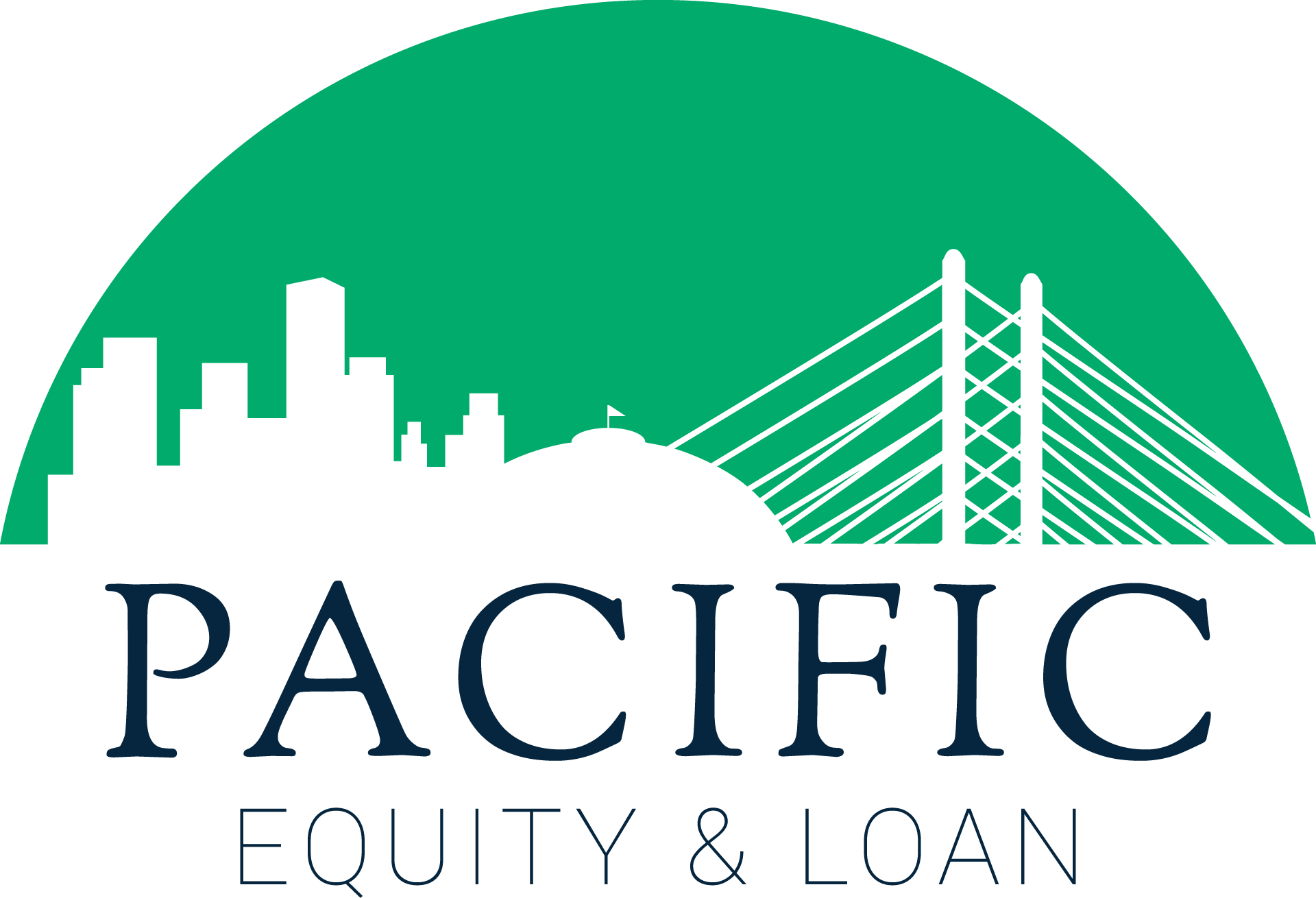Hard money lending is a type of financing that provides borrowers with quick access to funding for real estate investments. Unlike traditional loans that are based on a borrower’s creditworthiness, hard money loans are secured by collateral, such as the property being purchased or refinanced. This means that hard money lenders are primarily concerned with the value and marketability of the collateral, rather than the borrower’s financial history or credit score.
One of the defining features of hard money lending is its short-term nature. Hard money loans typically have much shorter terms than traditional loans, with repayment periods ranging from six months to two years or more. This is because hard money lenders are primarily interested in providing short-term funding for real estate investors who need to act quickly to secure a property.
Types of Hard Money Loans
There are several types of hard money loans, each with its own set of terms and conditions. Here are some of the most common:
Rehab Loans – This type of loan is designed for real estate investors who want to buy property that needs repairs or renovations before they can rent it out. The borrower will typically be required to put down a large amount as collateral, but because he or she has more skin in the game than someone taking out a traditional mortgage would have, he or she will also receive higher interest rates on his or her loan.
Bridge Loans – These short-term loans can help bridge the gap between when you buy your property and when you sell it at a profit (or refinance). They’re often used by buyers who don’t have enough cash on hand but do have equity in another property that they could use as collateral for financing.
Navigating the world of hard money lending can be complex and confusing, particularly for those unfamiliar with the terminology. That’s why understanding key terms is essential if you are an investor who’s considering hard money lending for their real estate investments.
In the following section of this blog, we’ll take a closer look at each of these terms to help you gain a better understanding of hard money lending and how it works.

20 Essential Hard Money Lending Terms
1. Collateral: This is the asset that the borrower pledges to the lender to secure the loan. In hard money lending, collateral is typically the property that the borrower is purchasing or refinancing.
If the borrower defaults on the loan, the lender has the right to take possession of the collateral to recover their investment. The value and marketability of the collateral are key factors in determining the loan-to-value ratio and the risk associated with the loan.
2. Loan-to-Value (LTV) Ratio: This is the ratio of the loan amount to the value of the collateral. In hard money lending, LTV ratios are typically lower than in traditional lending, and may range from 50% to 70%. A lower LTV ratio means that the borrower must provide more cash or other assets as collateral to secure the loan. The LTV ratio is an important factor in determining the risk associated with the loan and the amount of interest charged.
To calculate the LTV ratio, follow these steps:
- Determine the appraised value of the property: The appraised value is the estimated value of the property as determined by a professional appraiser.
- Determine the amount of the loan: This is the total amount of money that the lender is providing to the borrower.
- Divide the amount of the loan by the appraised value of the property: Divide the amount of the loan by the appraised value of the property, then multiply the result by 100 to express the ratio as a percentage.
Formula: LTV Ratio = (Amount of Loan / Appraised Value of Property) x 100%
For example, if the appraised value of a property is $500,000 and the borrower is taking out a loan of $400,000, the LTV ratio would be: LTV Ratio = ($400,000 / $500,000) x 100% = 80%
Therefore, the LTV ratio in this example is 80%, which means that the borrower is borrowing 80% of the appraised value of the property.
3. Loan-to-Cost (LTC) Ratio: This is the ratio of the loan amount to the total cost of the property, including purchase price and renovation costs. Hard money lenders may use the LTC to determine the maximum loan amount. A higher LTC ratio means that the borrower may need less cash or other assets as collateral to secure the loan, but it also means that the lender is taking on more risk.
To calculate the LTC ratio, follow these steps:
- Determine the total cost of the project: This is the total cost of the construction or development project, including all expenses associated with it such as land acquisition, construction costs, permits, fees, and other related expenses.
- Determine the amount of the loan: This is the total amount of money that the lender is providing to the borrower.
- Divide the amount of the loan by the total cost of the project: Divide the amount of the loan by the total cost of the project, then multiply the result by 100 to express the ratio as a percentage.
Formula: LTC Ratio = (Amount of Loan / Total Cost of Project) x 100%
For example, if the total cost of a construction project is $1,000,000 and the borrower is taking out a loan of $800,000, the LTC ratio would be: LTC Ratio = ($800,000 / $1,000,000) x 100% = 80%
Therefore, the LTC ratio in this example is 80%, which means that the borrower is borrowing 80% of the total cost of the construction project.
- Determine the current value of the property: This is the current market value of the property in its current condition.
- Determine the cost of repairs or renovations: This is the estimated cost of all repairs or renovations that need to be made to the property.
- Add the cost of repairs or renovations to the current value of the property: This is the estimated value of the property after repairs or renovations have been completed.

7. Loan Term: The loan term is the length of time over which the loan is repaid. In hard money lending, loan terms are typically shorter than in traditional lending, and may range from 6 months to 2 years or more. The loan term is often based on the exit strategy and the amount of time the lender is willing to hold the loan.
8. Underwriting: Underwriting is the process of evaluating the borrower’s creditworthiness, the value of the collateral, and other factors to determine whether to approve the loan. This process is designed to minimize the risk of default and ensure that the loan is a good investment for the lender.
9. Due Diligence: Due diligence is the process of investigating the borrower’s financial history, the value of the collateral, and other factors to ensure that the loan is a good investment for the lender. This process is designed to identify any potential risks associated with the loan and to ensure that the lender is making a sound investment.
10. Exit Strategy: The exit strategy is a plan for how the borrower will repay the loan. In hard money lending, the exit strategy is typically the sale of the property or refinancing with a traditional lender. The lender will evaluate the exit strategy to ensure that it is realistic and that it provides a reasonable likelihood of repayment.
11. Appraisal: An appraisal is an assessment of a property’s value, typically conducted by a professional appraiser. Hard money lenders may require an appraisal to ensure that the loan amount is appropriate for the property’s value. The appraiser will evaluate the property based on a variety of factors, including its location, condition, and comparable properties in the area.
12. Rehab Budget: The rehab budget is the amount of money needed to renovate a property. Hard money lenders may require a detailed rehab budget to ensure that the borrower has enough funds to complete the project. The budget should include estimates for all of the necessary repairs, as well as any other expenses related to the renovation.
13. Loan Servicing: Loan servicing is the process of collecting loan payments and managing the loan. Some hard money lenders may outsource loan servicing to a third-party company. The loan servicer will handle tasks such as collecting payments, sending statements, and managing the borrower’s account.
14. Draw: A draw is a portion of a loan that is disbursed to the borrower for a specific purpose, such as paying contractors or purchasing materials. Hard money lenders may require borrowers to submit draw requests and approve them before releasing funds. This helps ensure that the borrower is using the funds for their intended purpose and that the project is progressing as planned.
15. Equity: Equity is the difference between a property’s value and the amount owed on the loan. Hard money lenders may require borrowers to have a certain amount of equity in the property before approving a loan. This is because the lender wants to ensure that the borrower has a vested interest in the property and is motivated to repay the loan.

16. Personal Guarantee: A personal guarantee is a commitment by the borrower to repay the loan personally if the property cannot be sold or refinanced to repay the loan. This provides an extra layer of security for the lender, as it ensures that they will be repaid even if the property value decreases or the borrower defaults on the loan.
17. Default: Default occurs when a borrower fails to make loan payments as agreed. Hard money lenders may take legal action to recover the loan, including foreclosing on the property. It’s important for borrowers to understand the consequences of defaulting on a loan and to have a plan in place to avoid it.
18. Yield: Yield is the return on investment for the lender. Hard money lenders may use the yield to determine the interest rate and loan terms. The yield takes into account factors such as the loan amount, the interest rate, and the duration of the loan.
19. Refinance: Refinancing is the process of replacing an existing loan with a new loan that has more favorable terms. Hard money lenders may require borrowers to have a clear refinance strategy before approving a loan. Refinancing can be a good option for borrowers who want to secure a lower interest rate, extend the loan term, or free up additional funds for other purposes.
20. Prepayment Penalty: A prepayment penalty is a fee charged by the lender if the borrower pays off the loan before the end of the loan term. In hard money lending, prepayment penalties are common and may be structured as a percentage of the loan amount or a certain number of months of interest. This fee is designed to compensate the lender for the loss of interest income that would have been earned if the loan had been paid off as scheduled.
Overall, understanding the various terms and concepts related to hard money lending is crucial for both borrowers and lenders. By being familiar with the terminology and requirements, borrowers can be better prepared to secure financing for their real estate projects, while lenders can evaluate potential deals more effectively and minimize risk.
Endnote
In conclusion, the world of hard money lending can be complex and multifaceted, but by taking the time to understand the various terms and concepts involved, borrowers and lenders can increase their chances of success.
It’s important to remember that hard money lending comes with risks and challenges, and it’s essential to approach each investment opportunity with a realistic and informed mindset. By keeping these essential terms and concepts in mind and staying vigilant in your risk management strategies, you can successfully navigate the world of hard money lending and achieve your financial goals.
If you’re looking for a reliable and trustworthy partner in the world of hard money lending, look no further than Pacific Equity & Loan. Our team of experts has years of experience in the industry and can provide you with the customized solutions you need to achieve your financial goals. Contact us today to learn more about our services and how we can help you navigate the complex world of hard money lending!







